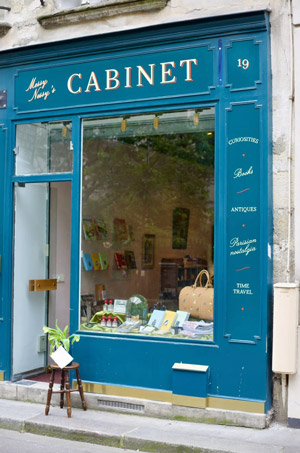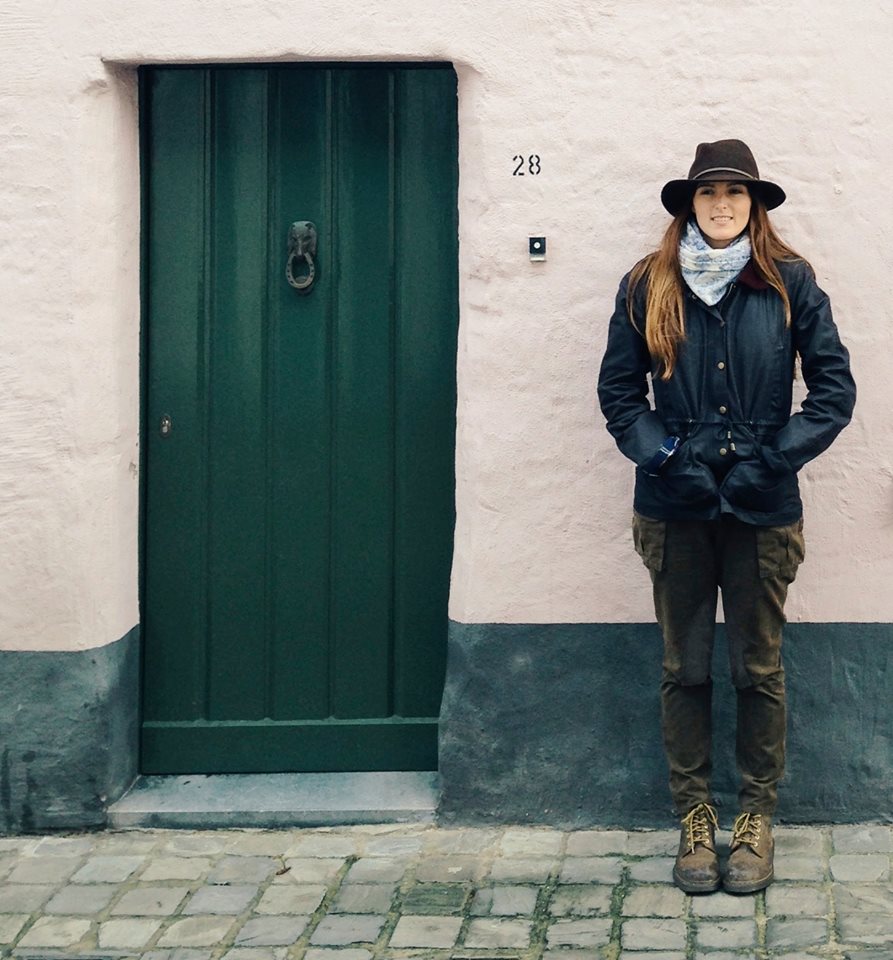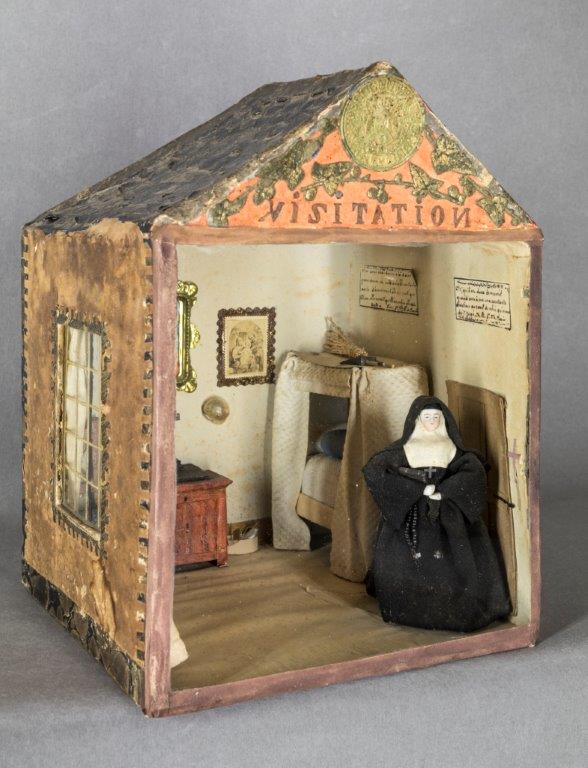
Let’s say you’re rummaging around the dusty recesses of a centuries-old French convent, as one does, half-expecting a stray rosary or two, when suddenly you happen upon a miniature wooden box — no bigger than a jewellery case, adorned with tiny religious figurines, bits of dried flowers, and perhaps a painting of a saint. You’ve just discovered a boîte de nonne, quite literally a “nun’s box”: a microcosm of monastic life folded into a personal, portable shrine.
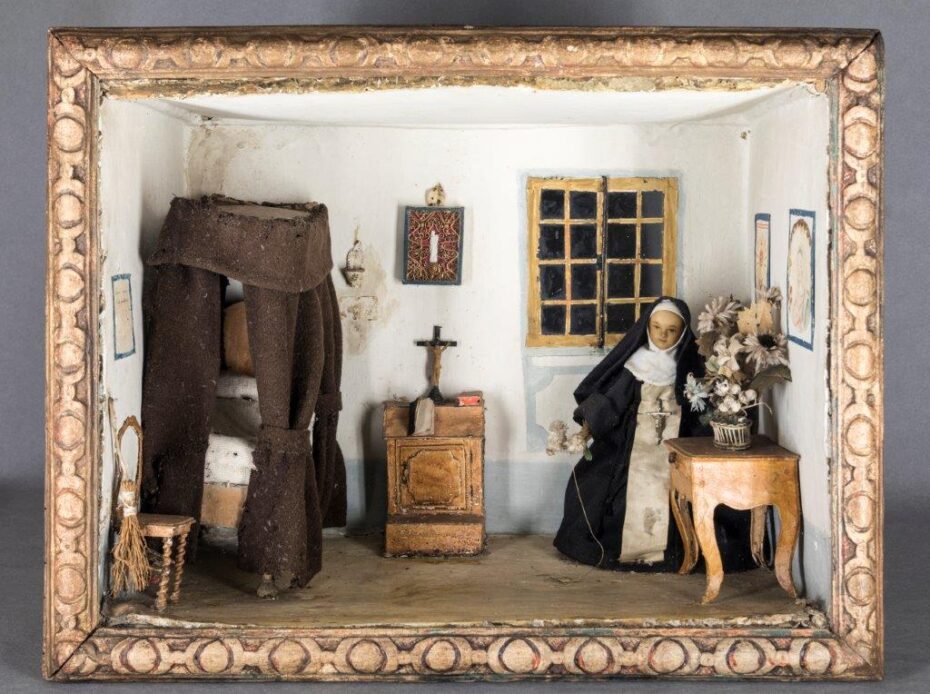
The idea of a “nun’s cell” probably conjures up images of austere stone corridors, candlelit chapels, and a life of devout seclusion behind convent walls. But for centuries, some nuns also had a tiny, precious world kept under lock and key. Boîtes de nonne functioned as pint-sized versions of their larger spiritual realm, which they could lovingly arranged with statues, relics, and hand-crafted decorations. These boxes offered a sort of traveling chapel for those confined to cloistered life. Hidden inside were symbolic elements of a nun’s daily devotion — small crucifixes, miniature altars, and images of saints or the Virgin Mary. Some nuns even tucked in personal mementos or embroidered messages, each addition part of a quiet conversation between the sister and her faith. Like a personal Pinterest board (in an era before the internet or even photography), these boxes were curated, changed, and treasured over a lifetime.
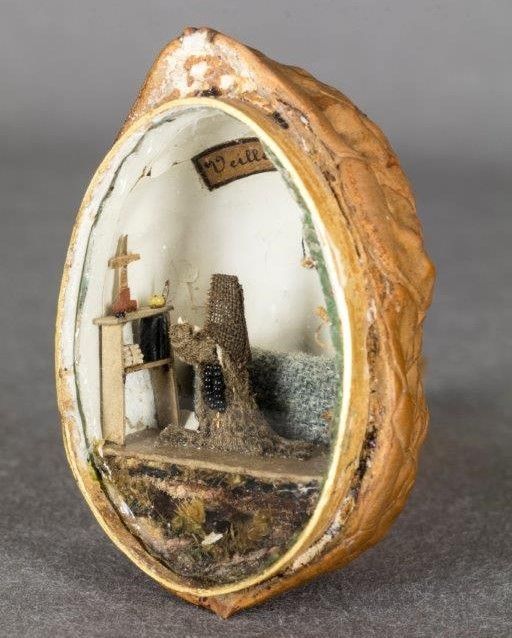
Where exactly did the tradition spring from? Records are patchy—like many aspects of women’s religious life, these intimate objects weren’t always documented in official registers or heralded by art historians. But references to small “spiritual boxes” appear in convent inventories as early as the 17th century. Because some orders placed heavy restrictions on leaving the cloister, these portable cells might have been a way for nuns to keep an echo of the chapel with them at all times, whether traveling or simply moving about the convent. Over time, boîtes de nonne could also serve as teaching tools for novices, helping young women learn prayers, venerate certain saints, or contemplate biblical stories.

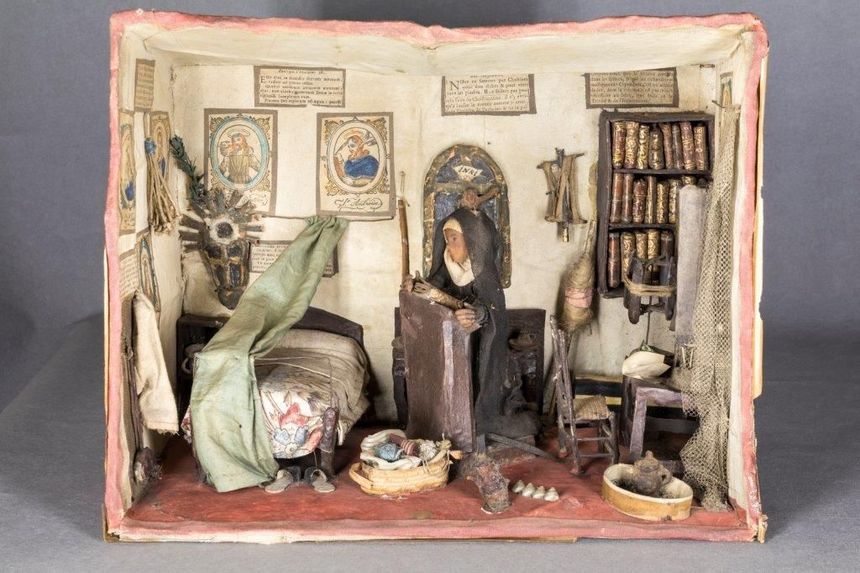
Strangely enough, these boxes weren’t entirely secret. Some wealthier or more socially connected nuns would share their miniature cells with visitors — particularly benefactors — offering a glimpse into the spiritual heart of the convent. Think of it as a show-and-tell of devotion: a small stage set where every figurine and ribbon carried profound symbolic weight. One might compare it to a dollhouse for the devout, though far more sacred in concept. Because the monastery was considered a closed world, the boîte de nonne sometimes became an ambassador of sorts, a tangible vessel of the convent’s identity that could journey outside monastic walls. For those living in strict enclosure, it was perhaps a rare chance to creatively express the inner life of the community to the outside world.
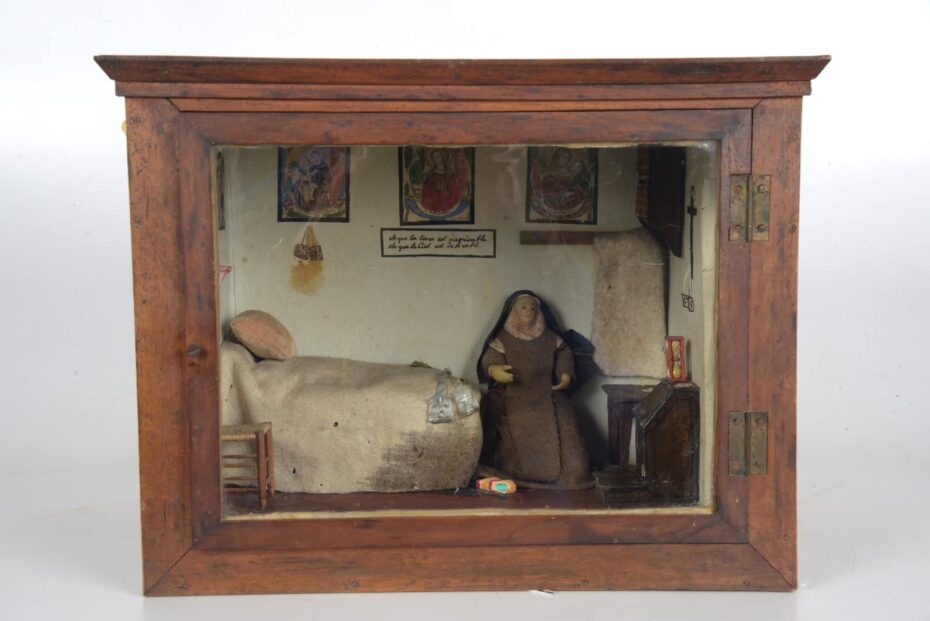

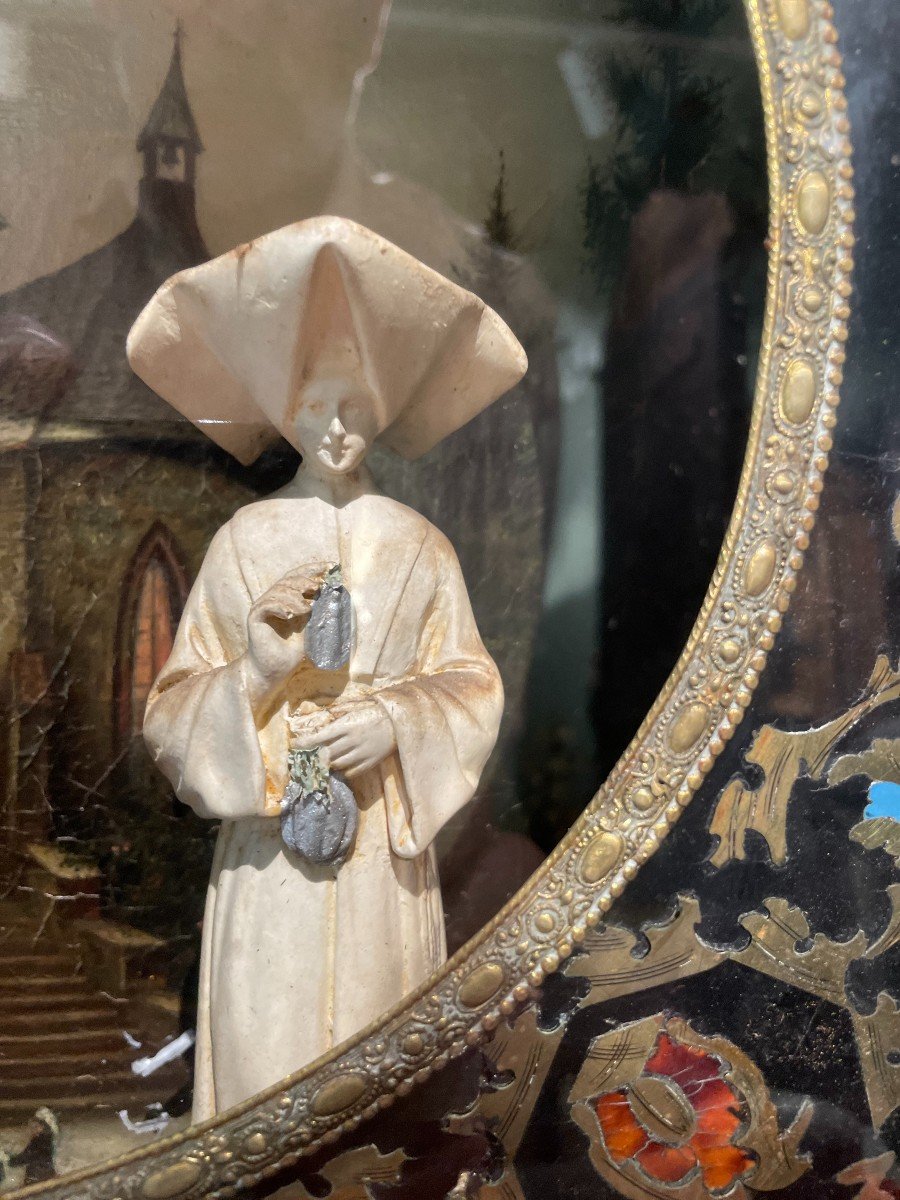
Today, boîtes de nonne are a coveted item among collectors of religious artifacts and fans of ex voto or obscure devotional art. From auction houses to museum exhibitions, these lovingly crafted boxes pop up with surprising variety in design — some reminiscent of jewel-toned reliquaries, others more humble, lined with faded silk or scraps of velvet. Often, the condition is fragile, but that fragility only adds to their aura of mystery and timeworn holiness.
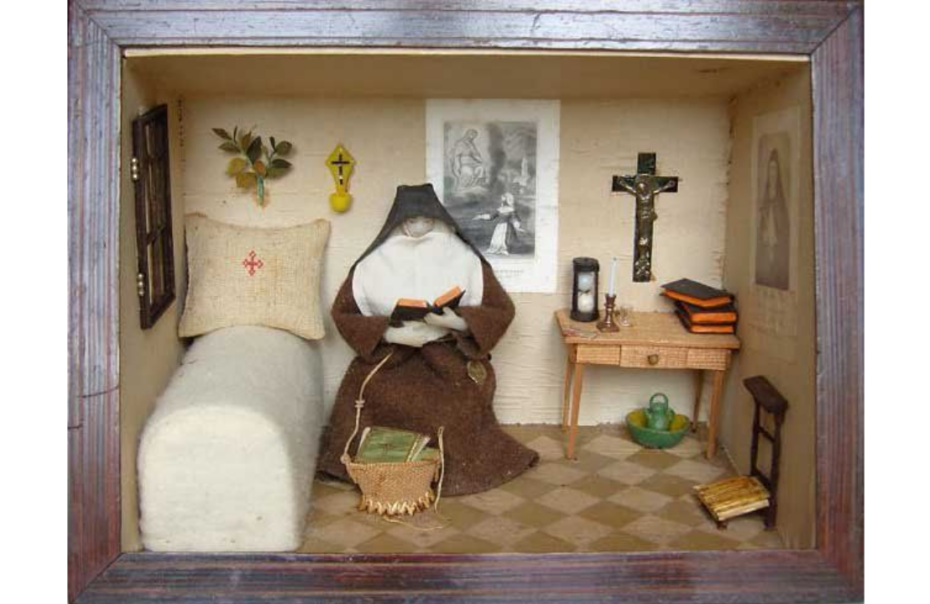
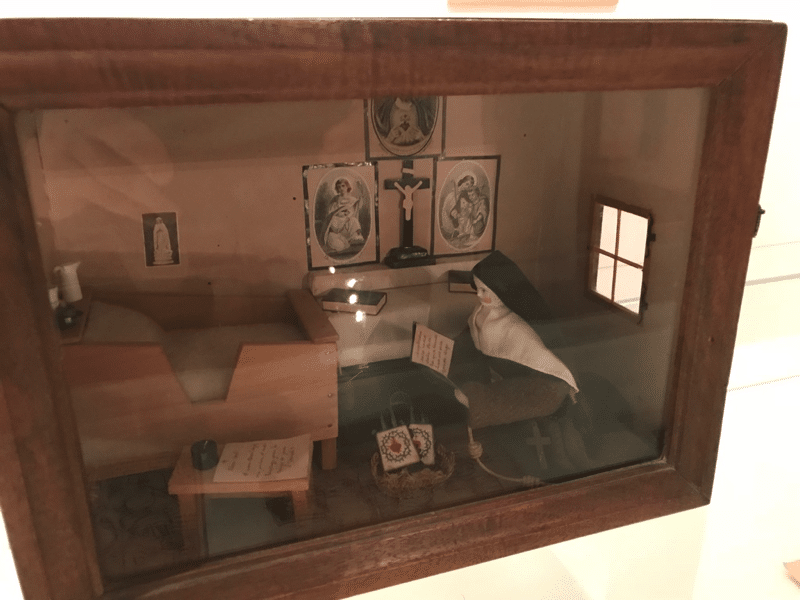
Whether you’re a devotee of quirky antiques or a history buff with a soft spot for the hidden lives of women in past centuries, boîtes de nonne beckon you into a miniature realm of devotion, imagination, and creativity. They remind us that even in the most cloistered of lives, there can be artful innovation and personal expression — and that sometimes, the most revealing windows into the human spirit come in unexpectedly small packages.
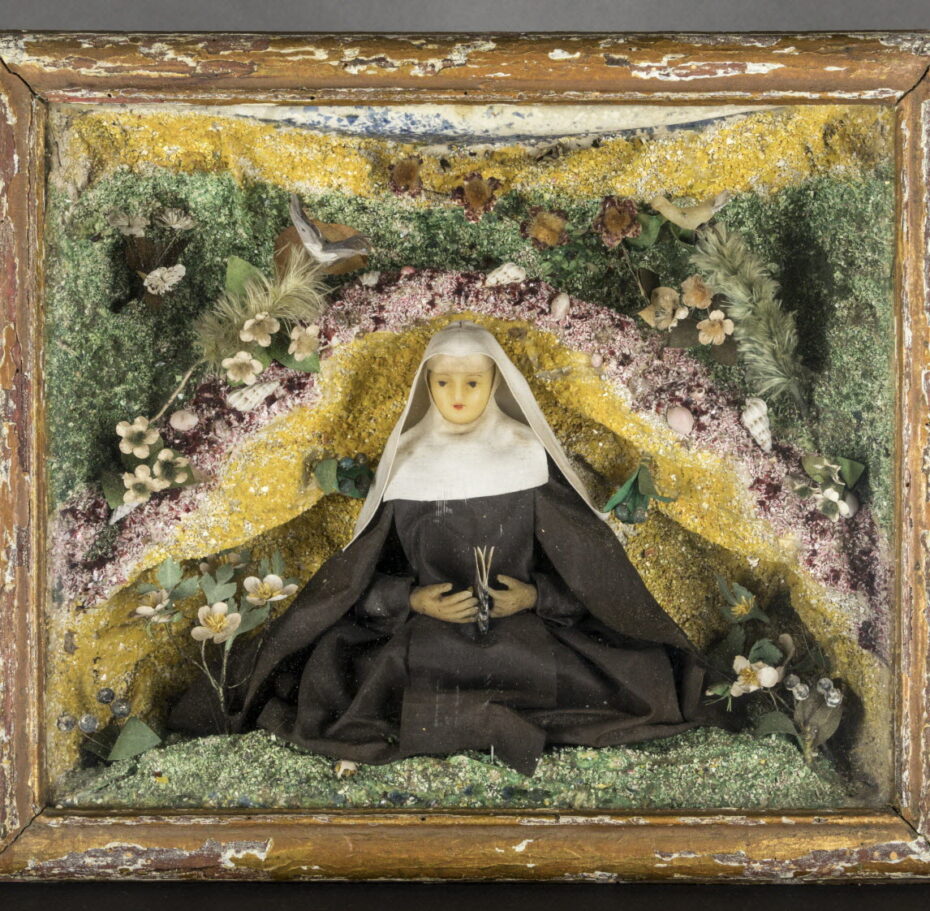
Keep your eyes peeled the next time you explore a French flea market. A faded little wooden box might just be harbouring an entire convent’s worth of stories, waiting for you to lift its lid. After all, if a picture is worth a thousand words, a “nun’s box” might just be worth an entire sermon.







